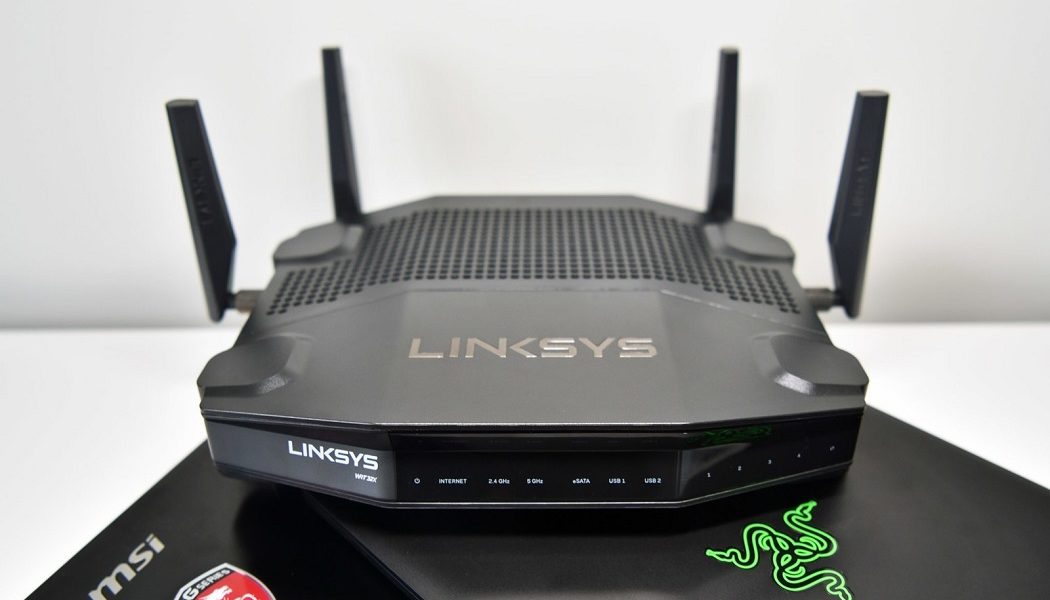This step-by-step guide explains how can set up a broadband router for home computer networking purpose. The exact names of configuration settings on such routers vary depending upon the specific model. But this Exact Same general procedure applies:
- Choose a Suitable Location

Choose a good location to begin installing your router such being an open ground table or space. That does not need to function as the permanent location of this device: Wireless routers sometimes need careful positioning and deployment in places difficult to reach. At the beginning, it’s better to choose a location where it’s easiest to do the job well with the router and also worry about final placement later.
- Turn It On

Plug in the router’s electric power source, and then switch to the router by simply pushing the power button.
- Connect Your Internet Modem to the Router (Optional)

Older network modems connect via an Ethernet cable however USB connections have gotten increasingly common. The cable plugs in to the router jack named WAN or even up link or Internet. When connecting devices with network cables, make certain each end of this cable connects snugly: Loose cables are among the very common sources of network setup problems.
- Connect One Computer to the Router

Connect this very first computer to the router with a network cable. Note that Using the we fi connection of a wireless router to get initial installation is not recommended since its we fi settings usually are not yet configured: Temporarily using a cable to get router installation avoids unstable or lost connections. (After router installation is done, the computer might be changed over into some wireless connection as needed.)
- Open the Router’s Administration Console

From the computer connected to router, open a web browser. Subsequently enter the router’s address for network administration on the Web address field and hit return to reach the router’s home webpage. Many routers have been reached by either the Web address https://192.168.1.1 , https://192.168.0.1 , https://192.168.100.1 or https://10.1.10.1/ Consult your router’s documentation to determine the exact address for your model. Note you usually do not need a working Internet connection with this particular step.
- Log in to the Router

The router’s home page may ask for a username and password. These two are provided inside the router’s documentation. You should change the router’s password for security reasons; however try so after the installation is complete in order to avoid unnecessary complications during initial setup.
- Enter Internet Connection Information

In the event that you want your router to connect into the Internet, enter Internet connection information inside that section of this router’s configuration (exact location varies). By way of example, those using DSL Internet frequently require entering PPPoE username and password settings in to the router. . Likewise, in the event that you requested and have now been issued that a static IP address on your Internet, the static ip address settings (like network mask and gateway address) supplied by the provider must also must be set from the router.
- Update the MAC Address of the Router

Some Internet providers authenticate their customers via MAC address. If you were using an older network router or different gateway device to connect with the Internet ahead, your provider could be tracking your MAC address and also might prevent you from going online. When your Internet service gets this restriction, you are able to (throughout the administrator console) update the MAC address of the router using the MAC address of the device you had been using previously in order to avoid having to wait for that provider to update their own records.
- Consider Changing the Network Name (Often Called SSID)

Consider changing router’s username and password. You might also change the we fi name onto the network router.
- Verify the Local Network Connection
Verify the local network connection between your computer and the router is currently working. To try it, check that your computer has received legal IP address information from the router.
- Verify Your Desktop Can Connect to the Internet
Open a web browser and then visit a couple of Internet sites such as http://wireless.about.com/.
- Connect Additional Computers to the Router
When connecting using the wireless device, ensure that the network name also called a Service Set Identifier (SSID) — chosen matches which of this router.
- Configure Network Security Features
Configure additional network security features that are needed to safeguard your systems against hackers. All these Wifi Home Network Security Recommendations include a checklist to follow along with
Finally, place the router at an optimal location.








